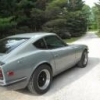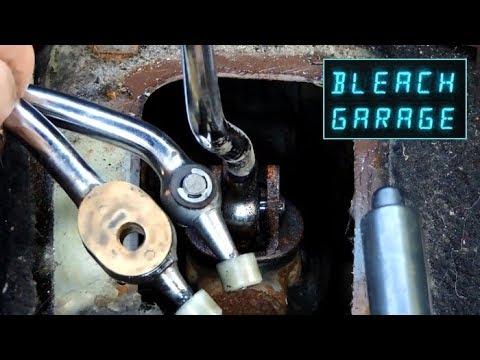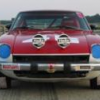Digressive valving is not exactly "new thing" for companies who have been making performance dampers for a long time (KONI has been doing it for at least 50-60+ years) but it might be newer to companies whose products were more replacement grade and not really within the performance realm. It could be that their piston and valving component design might not have allowed the ability to really contour the damping curves very much but have moved in that direction. Many shock companies may not have been around that long or possibly just their marketing companies have simply latched onto "digressive" as a buzzword that they are using heavily now. Some consumer marketing messages may make a big deal about mono-tube or twin-tube design suggesting that one is always better than the other but it is simply not true. There are good and bad examples of both and different cars can have very different needs so it is more important that the damper function is tailored to the vehicle and it usage. Digressive and linear are general terms used to describe shapes of plotted dyno curves (however shocks on cars on roads never operate like dyno graphs look) but there are so many variables in car and damper design that you really can't just hang onto or use it as a "this is good" or "this is not good" gateway. Don't make your purchase on the use or lack of the word "digressive". You did not mention any specific shock brands but it is probably better that way anyway.
As to your coil-over questions, it really depends on your usage and expectations of the car. To be a coil-over, it really only means that the spring is mounted on the strut of shock and all 3 of the early Z-cars do that already. Modern usage suggests that you are also wanting to make the lower spring perch height adjustable so you can customize your ride heights, corner weight the car if you want to, and have the flexibility to interchange spring rates is pretty easily. Beyond that, it is pretty wide open as to what your desired outcome will be and thus the path you should follow. With a coil-over, you can select a relatively soft spring rate for a compliant suspension and smooth ride, bump them up quite a bit for firmer ride and sporty control or run really big spring rates for a handling performance only/ don't care about ride quality set-up for mostly track use. It really boils down to what your uses and expectations for the car are.
I would let that be the deciding point of whether you choose these Z-car specific Sport dampers or the much more aggressive RACE dampers that are clearly intended for Racing performance track duty with no comfort, no warranty, etc. in mind. Before these new Sports were introduced, there were few options for the car but now they offer more opportunities. Having looked at the damping specs of them all, the RACE units are much, much more aggressive on rebound and compression damping and not specifically fitted as a drop-in for the Z-car strut housings so some level of machining and fabrication may be needed depending upon your intended outcome. The Sport units are made to be a nice performance upgrade for the Z-car but still have a quite reasonable ride quality (so long as you don't overspring the car which will make it harsh), a standard lifetime KONI warranty against defects, be a drop-in solution to fit your housings, etc..
It all depends upon what you want, e.g. "Whats for dinner?" What do you want? Home cooked or eat out? Steak or chicken, Mexican or Italian, etc. Pick what you want to satisfy your interests as there is no specific one right answer for everyone.
 Subscriber
Subscriber 4Points3,770Posts
4Points3,770Posts









